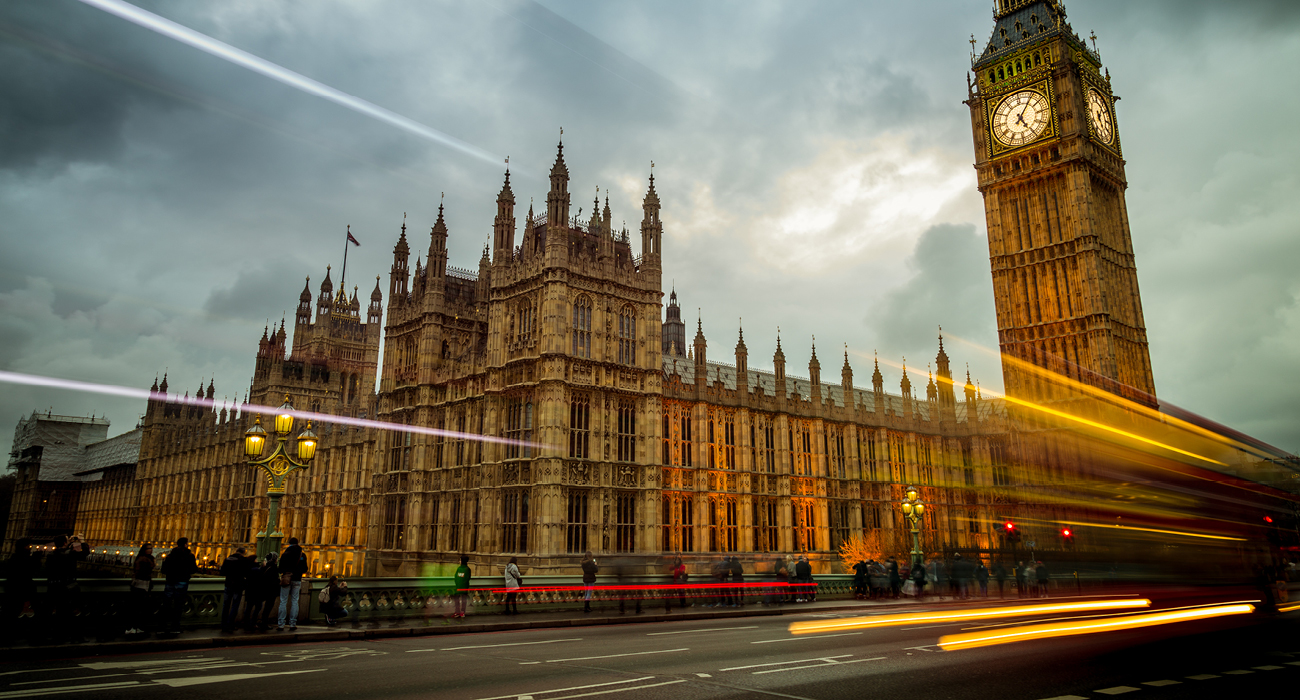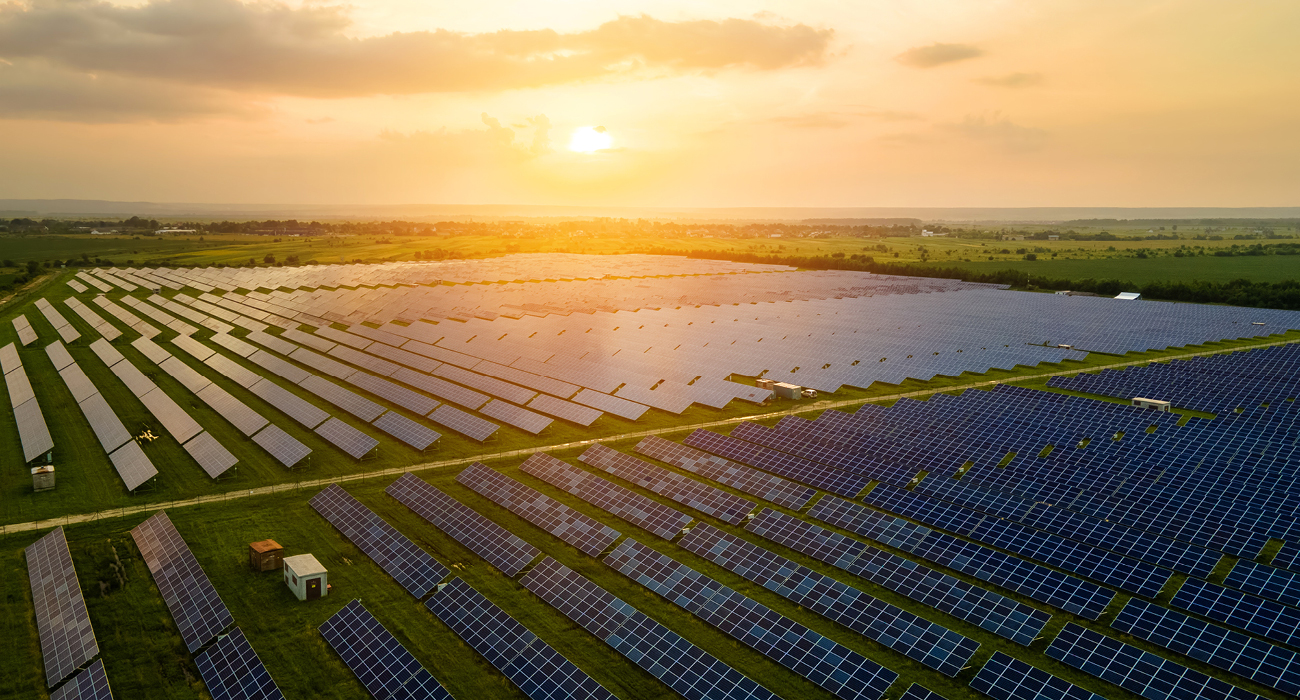It’s been quite a year. Words like ‘unprecedented’, ‘never-before’, ‘unexpected’ and ‘extraordinary’ have been used again and again to describe events in the energy sector, as well as the factors influencing the market.
With the pandemic largely behind us, 2022 was supposed to be about navigating a path back to recovery. Not firefighting yet more challenges.
Energy now biggest risk
Yet according to insight gathered by our Business Energy Tracker survey earlier this year, 77% of businesses now identify energy as their biggest risk.
The Energy Bill Relief Scheme (EBRS) is thankfully providing some short-term support until 1 April 2023. However, sources over the weekend have suggested the Chancellor is set to announce an extension to the EBRS package shortly.
But for a longer-term solution, many businesses are choosing to fast-track steps to greater energy resilience. For example, our Business Energy Tracker found more than a quarter (27%) of the 200+ large organisations we spoke to are planning to invest in on-site generation to combat energy risk.
Reducing UK’s dependence on natural gas
Indeed, if more businesses followed suit, this could be just the approach the UK needs to reduce our dependence on the 56% or so of natural gas we import, as our recent report The Future of Energy: The critical role of business in a zero-carbon world discusses.
The report’s author – Dr Gabriel D. Oreggioni from Imperial College London – shares scientific modelling on how businesses installing on-site generation such as wind, solar and biogas have the potential to set the UK on the path to energy independence.
How to save a third on costs
As well as considering on-site generation, energy efficiency is now a ‘must do’ action for every business. Indeed, in the current climate, “the signal for saving energy could not be stronger” as BusinessGreen editor-in-chief James Murray observed during our interview last month.
We talked about the steps businesses can take – which could save around a third on energy costs – as well as the importance of net zero.
If you need help tracking your business emissions, or want to explore the impact of energy-saving and carbon-cutting measures, do check out our new Net Zero Calculator. It’s also fun to use, so could be an engaging as well as useful tool to explore.
Reforming ‘ludicrous’ market
Before he left office, former PM Boris Johnson described the UK energy market as “ludicrous” and vowed to “get rid” of a system that lets the price of gas dictate electricity costs, despite the UK now generating increasing volumes of cheap renewable power.
This promise is slowly taking shape in the form of the government’s Reform of Electricity Market Arrangements (REMA), which is aiming to bring about the biggest change in a generation. You can read more here.
Understanding the energy market
Many of our customers remain flummoxed by the way the current energy market works, and the raft of different non-commodity charges that contribute to the overall invoiced cost.
If you’d like clarity, do download our free Understanding the UK Energy Market reports from earlier this year:
• A Focus on Commodity Costs
• A Focus on Non-Commodity Charges
Our team of experts are also on hand to support your business and advise on energy-related measures to reduce cost and increase resilience, so do get in touch.
Existing customers can speak to your Client Lead or Account Manager. Or get in touch here.

/npm214%20Digital_H_UB15.jpg)


/npm214%20Digital_H_UB27.jpg)
/npm214%20Digital_H_UB94.jpg)



/npm214%20Digital_H_UB139.jpg)
/Author%20Profile%20Ainsworth_Anthony_G.png)
